All about cardamom and its cultivation

When we mention cardamom, the spice comes to mind first. However, it is not only a seasoning, but also a very ornamental plant with beautiful flowers. In this article, we will tell you more about how a culture looks like, what varieties it has, and give recommendations for growing at home.

general description
First, a little history. It is believed that the Malabar Islands are the birthplace of cardamom. According to research data, mankind used this culture 5 millennia ago. It is mentioned in Ayurveda, where cardamom is described as a remedy for many diseases. It is established that the ubiquitous Arab merchants delivered this spice to the Greeks and Romans 2 millennia before the advent of the new era. Moreover, the merchants created a real intrigue around her - none of the inhabitants of the Old World knew where these fragrant grains came from. And, as you know, everything mysterious usually becomes popular.
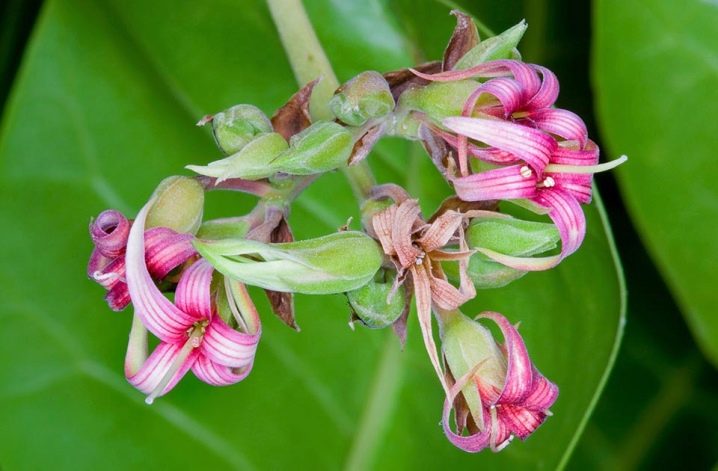
For many centuries, cardamom was famous throughout Europe, it was actively used as a medicine, and also used in cooking. Moreover, he was available only to the most prosperous and noble people. This state of affairs persisted until the 11th century. n. NS. - it was then that travelers from Portugal moored to the Malabar Islands and discovered huge cardamom plantations there. After that, the spice became more accessible and, of course, became noticeably cheaper.
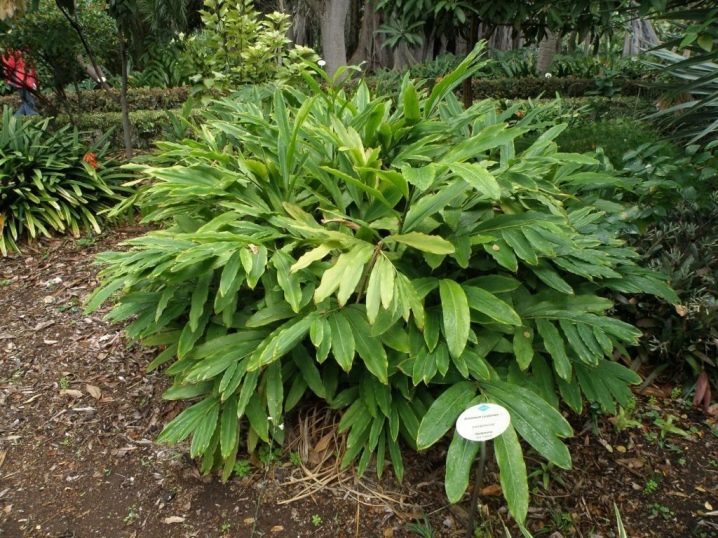
So what is cardamom. The botanical name of the culture is elettaria cardamomum. It is an evergreen perennial with a fleshy thick root and two types of stems. One shoot is false, it grows upwards, on it there are lanceolate leaves 60 cm long and 8 cm wide, the color is dark green. The second stem is real, leafless and creeping, inflorescences are located on it. The flowers have an unusual color. One petal is white with a purple pattern in the middle, the rest are light green. At the end of flowering, fruits appear, they are represented by miniature boxes 10 cm long. Inside there are fruits in the form of seeds with a diameter of no more than 4 mm, they are distinguished by a sweetish spicy aroma.

The period of active flowering of cardamom falls on January, so the harvesting of the grains is carried out from October to December. It should be borne in mind that the fruits ripen unevenly, even in one inflorescence - this complicates the harvest.
The exceptional usefulness of the culture is explained by the presence in it of a large amount of vitamins of groups B, C, A, and also E. Spice is a real pantry of useful micro- and macroelements:
- magnesium;
- iron;
- potassium;
- sodium;
- calcium;
- copper;
- phosphorus;
- manganese;
- zinc;
- terpineol;
- terpinyl acetate.

Thanks to this composition, cardamom has a beneficial effect on the work of all organs and systems of the body, and can be used as a prophylaxis for a number of diseases. Tea with honey and brewed pods is used for acute respiratory diseases, this broth is highly effective as part of the complex therapy for colds and dry coughs. The spice plant improves the functioning of the gastrointestinal tract, increases appetite and normalizes taste. Cardamom also:
- normalizes blood glucose levels;
- eliminates unpleasant odor in the oral cavity;
- eases the severity of toothache;
- speeds up metabolism;
- acts as a fat burning agent;
- improves lymph and blood circulation;
- as part of aromamasel eliminates problems with falling asleep.
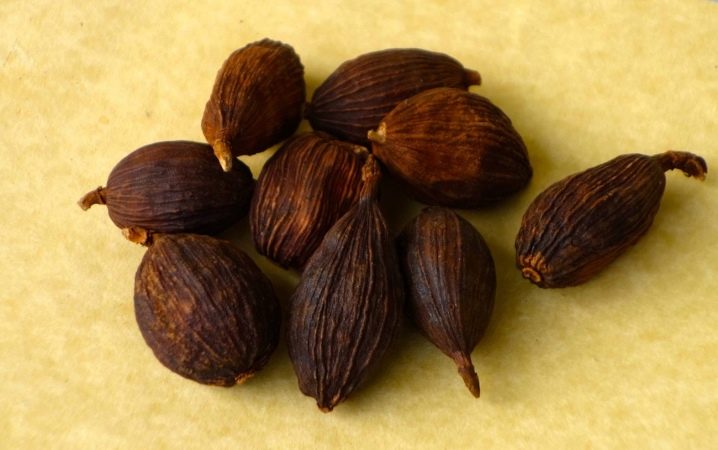
Due to the high content of B vitamins, it stimulates the work of the central nervous system, increases the activity of the brain, reduces mental and emotional stress, and also removes prolonged depression. Cardamom oil exhibits pronounced antimicrobial properties.
Important: like any other medicinal plant, cardamom has its own contraindications. In particular, the seasoning is not recommended for people:
- with an ulcer and gastritis in the acute stage;
- if you have any problems with the work of the gallbladder;
- with individual intolerance to the product;
- women use with caution during childbearing and lactation.
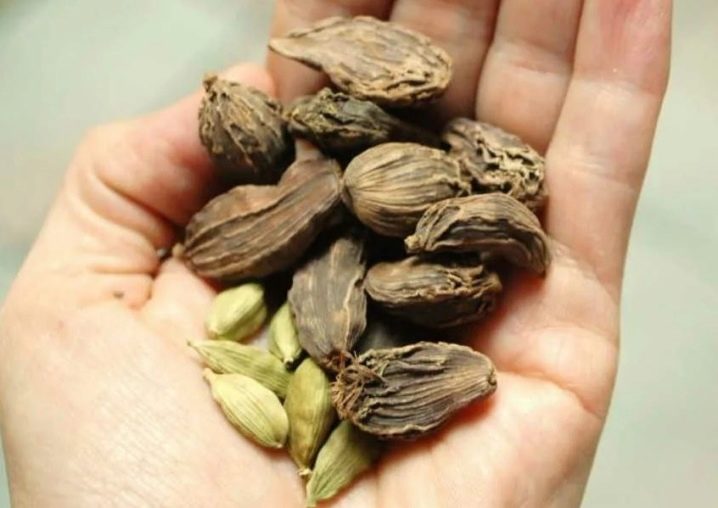
Cardamom is very popular in cooking. So, in India, it is added to rice and meat dishes, in China, seasoning is added to tea, and in Arab countries - to coffee, giving hot drinks a more refined and rich aroma. In European countries, the spice is included in the recipe for making sauces in combination with caraway seeds, saffron, cayenne and paprika. In some countries, it is used in the preparation of confectionery - muffins, cakes, honey cakes and gingerbread.
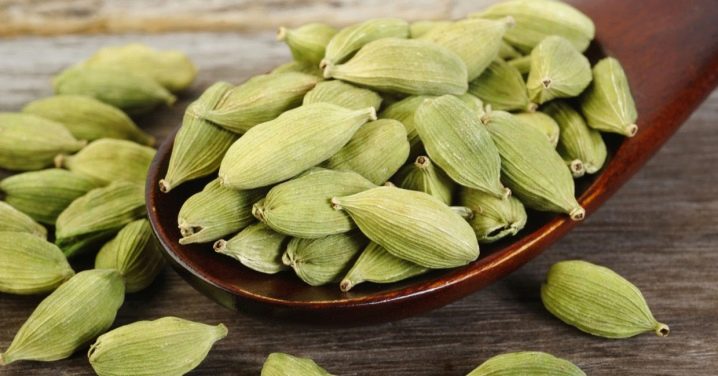
Popular types
Let's take a look at the most popular varieties of cardamom.
- Green - the fruits of this plant ripen in green boxes, the grains themselves have a brown tint. It is one of the most sought-after varieties and is widely used in cooking.
- Black - the grains of this cardamom are black, they taste sharp, and the aroma has notes of haze. The high popularity of the plant is explained both by its healing properties and the piquant taste that the fruits give to dishes.
- Ethiopian Is an analogue of black spice. Has the same spicy taste, but the quality of this seasoning is much lower.
- White - this cardamom is used for the preparation of first and second courses. The spice is distinguished by its mild taste and the absence of the pungency typical of cardamom.
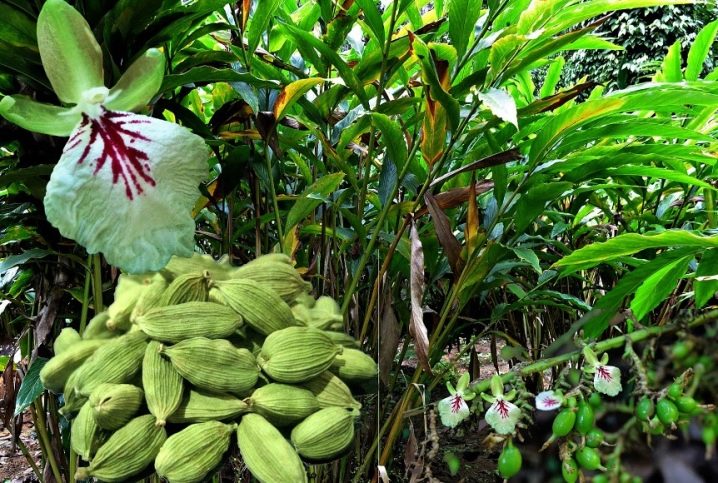
The most widespread are green and black varieties. Moreover, there are about 179 subspecies of black cardamom and about 11 varieties of green. Gourmets often argue about which cardamom is best for cooking. Despite the similarity of the black and green varieties, they are still different plants, therefore, their appearance and tastes are different. So, green cardamom seeds have a light taste and floral aroma with notes of eucalyptus and delicate fennel. It is a refreshing condiment, its pungency is noticeable only if there is a lot of it. The taste of black beans is more intense and tart, it is distinguished by the smell of camphor and smoke.
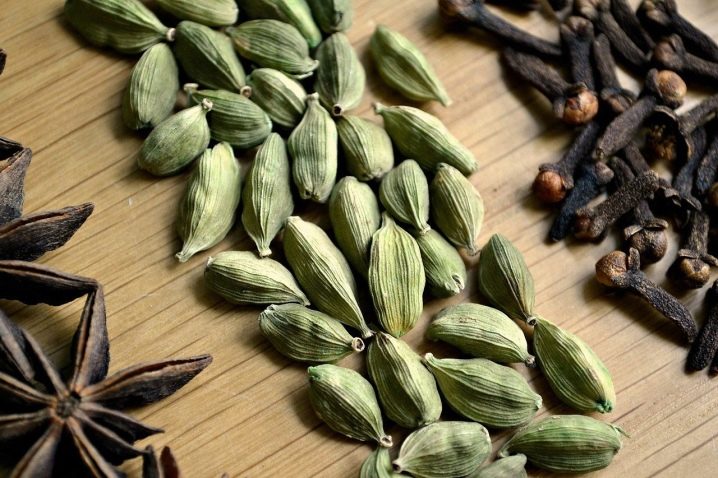
That is why the areas of use of these products do not overlap, they are used to prepare different dishes.
Landing features
Cardamom is an exotic plant, so growing it at home is a difficult and painstaking task. In its natural habitat, this culture is accustomed to high humidity and heat. Therefore, it is very important to create a comfortable growth and development regime for her. Place the container with cardamom in a warm place. At the same time, it should not be placed near radiators, fireplaces and other heating devices. The heated air causes the soil to dry out, in such a situation the leaves turn yellow rapidly, curl and fall off.
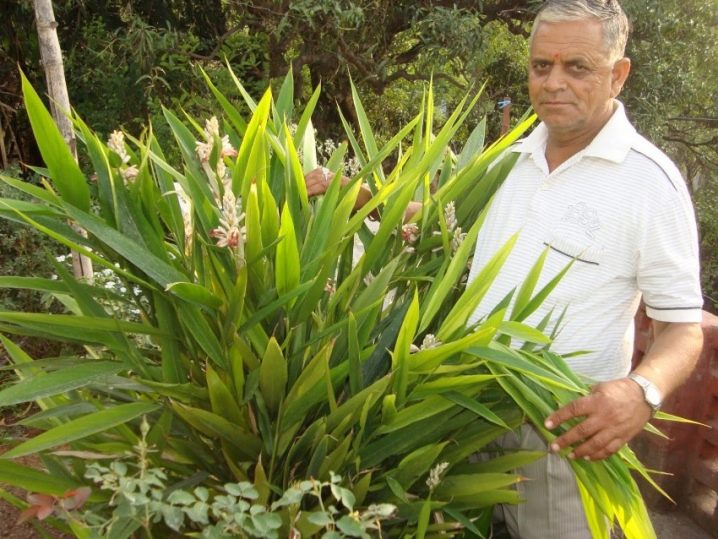
Despite the fact that indoor cardamom is a small plant, its root system is powerful and strong. Therefore, a shallow, but rather wide container will be optimal for him. It is advisable to take pots and flowerpots made of ceramics, wooden ones are not suitable - the plant prefers frequent watering, so the wood may begin to rot. Before planting, the container must be thoroughly washed with warm running water. When using new containers, care must be taken to ensure that they do not have a pronounced chemical odor.At the bottom, holes should be provided for removing excess moisture, pallets are placed under the pots.
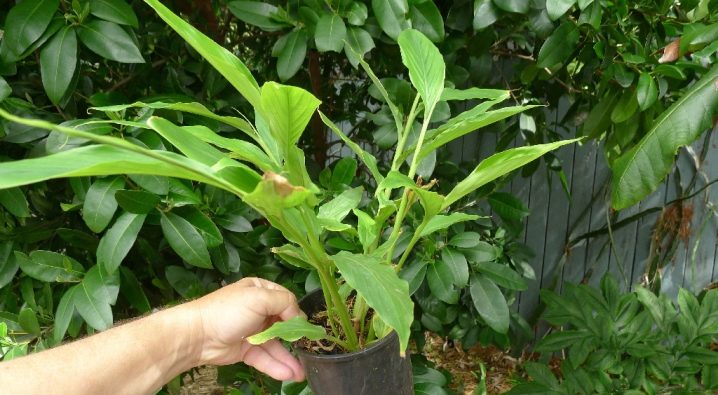
Half of the success in growing fragrant cardamom at home is determined by the quality of the substrate, it should be light and fertile. It is better to plant this exotic plant in loose soils with increased parameters of air and moisture capacity. Ready-made soil can be purchased at a flower shop, a universal substrate is suitable, or intended for decorative flowering plants, the optimal pH is 5-6 units. If you wish, you can prepare the soil mixture yourself - for this you need to take 2 parts of sod land, 2 parts of humus, and mix with 1 part of river sand.
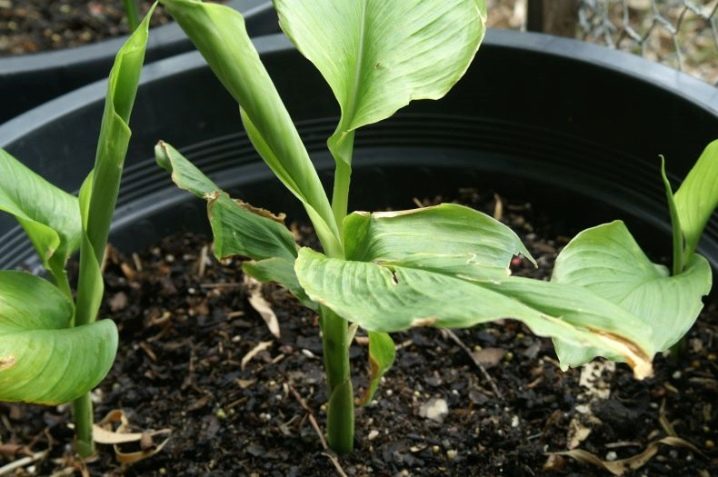
Care
Cardamom is distinguished by its exceptional thermophilicity. It does not tolerate the nature of Russia with its temperate climate and negative temperatures in winter, therefore in our natural zone it is grown exclusively at home. You can meet culture in apartments, greenhouses, conservatories and greenhouses in summer cottages, where you can create a comfortable living environment for it.
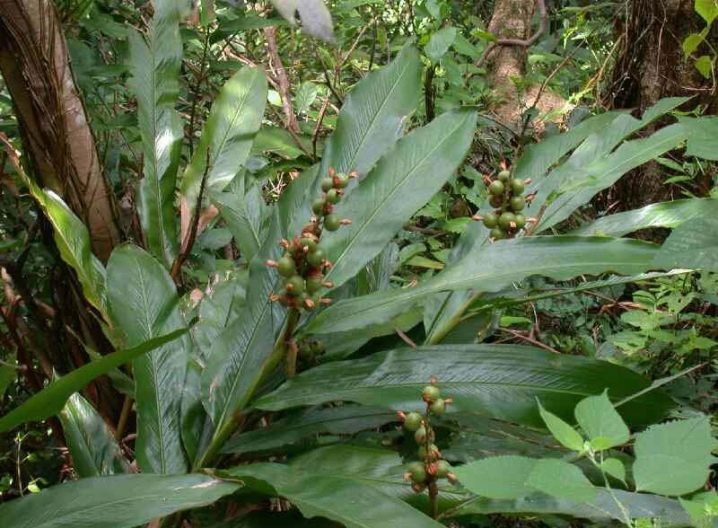
Conditions
To grow strong and healthy cardamom, you need to maintain a favorable environment.
- Illumination. Like many other exotic plants, cardamom needs bright lighting. However, the rays must be diffused. That is why it is best to place a flower on a windowsill, protecting it from the scorching sun with light tulle or paper. And you also need to remember that in spring and autumn he needs the same long daylight hours as in summer, so you should take care of purchasing an artificial phytolamp.
- Temperature. Cardamom develops best in a temperature range of 20-25 degrees. However, in winter, when the flower goes into the dormant stage, it is advisable to transfer it to a cool place where the temperature is kept at 12-15 degrees.
- Humidity. Cardamom responds favorably to high humidity. That is why special attention is paid to spraying leaves and stems. From time to time, this culture requires a shower. If it is not possible to organize it, you can remove dirt from the surface of the sheets with a wet sponge.
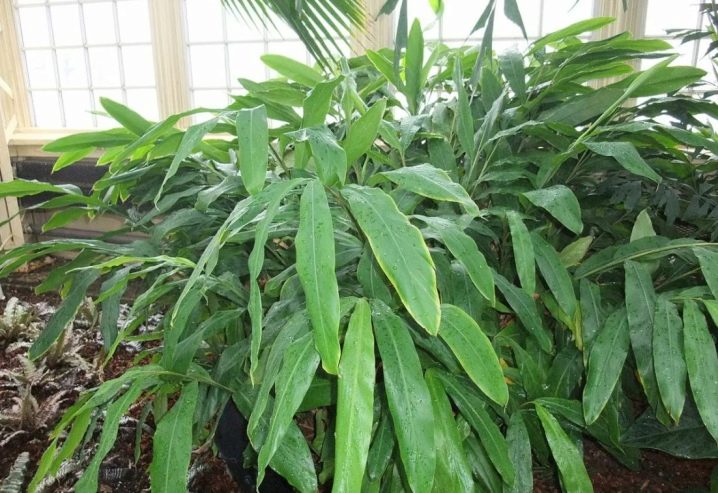
Watering
In the spring-summer period, when cardamom is in the active growing season, it requires regular irrigation. The result should be uniform and constant moistening of the earthy coma. At the same time, the root system of a ginger plant does not tolerate stagnant moisture, therefore it is very important to ensure the removal of excess moisture using a drainage layer, water from the pallets must be drained periodically. In winter, at the dormant stage, watering is reduced, it cannot be stopped, since the soil should not dry out.
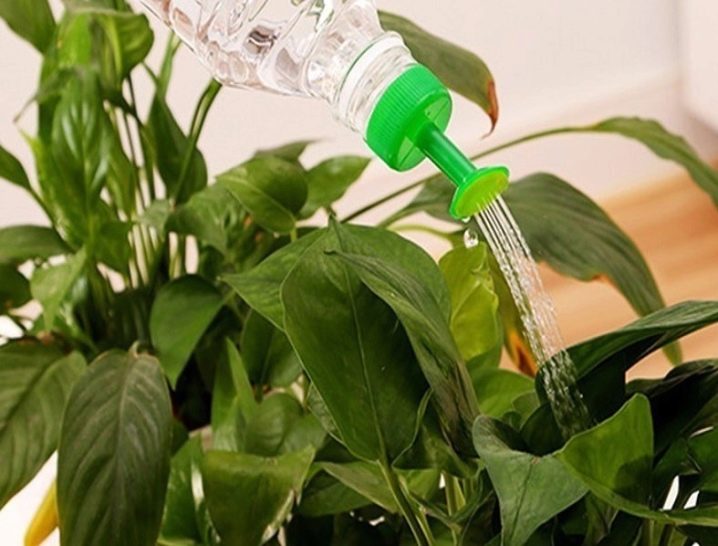
A sign of moisture deficiency is a change in the color of the leaf plates, they acquire a brown color and soon dry out. In this case, it is necessary to gradually increase the amount of irrigation, observing the state of the plant. Many people believe that water deficiency is manifested by yellowing of the leaves - this is a common misconception. This phenomenon becomes a consequence of the excessive amount of sunlight, the plant needs shading.
Top dressing
In spring and summer, cardamom must be fed to enhance the microbiological activity of the substrate. To do this, every two weeks, ready-made complexes of organomineral fertilizers intended for vegetable crops are introduced into the ground. In winter, feeding is not stopped, but their frequency is reduced to once a month. At the same time, it is very important to accurately follow the dosage indicated by the manufacturer on the packaging of the drug - an excess of fertilizers, especially nitrogen-containing ones, is just as dangerous for the culture as their shortage. In order to increase the plant's resistance to dry air during the heating season, it is necessary to spray it with Zircon solution every two weeks from November to April.
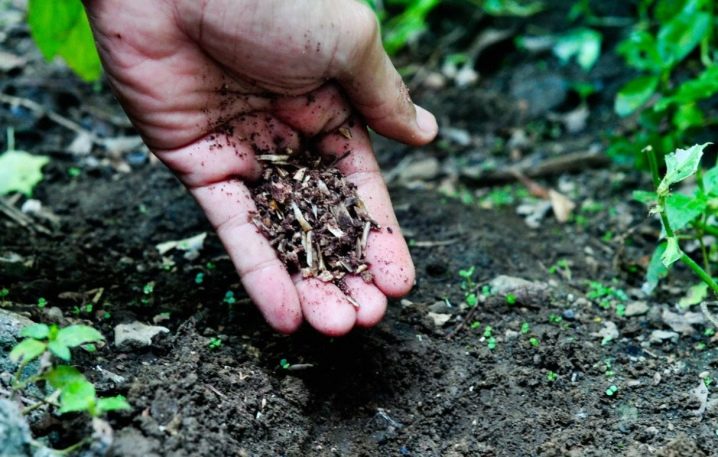
Transfer
A distinctive feature of cardamom is its ability to grow very quickly, this is especially noticeable in the roots. Therefore, every year it is necessary to separate the newly regrown roots and transplant the plant.
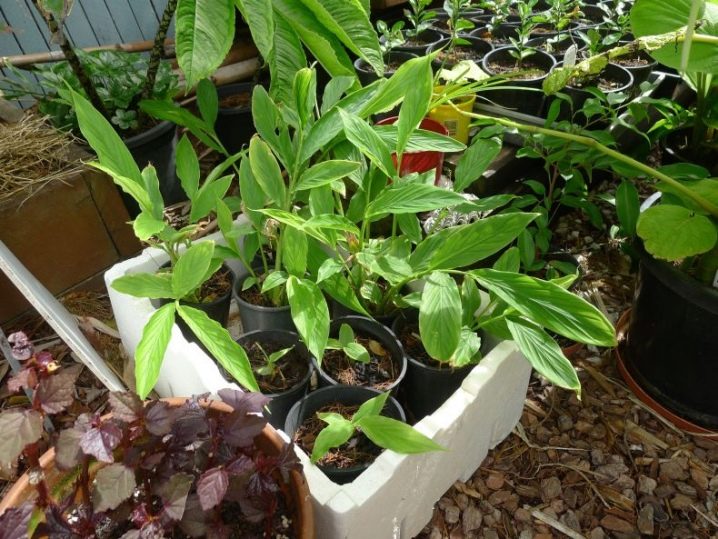
Pruning
For the full growth and development of cardamom, pruning is required, it is carried out in accordance with the following rules.
- To achieve pulling the trunk up, all lateral shoots are completely removed.
- To force the plant to bush, cut off the shoot with the obligatory leaving of a couple of buds on them.
- All asymmetrical branches, as well as branches that go beyond the desired shape, are subject to pruning.
- It is imperative to cut off all shoots directed inward to the crown, as well as branches that interfere with each other.
- To achieve uniform growth of shoots allows pinching the top. As soon as the shoots have reached the desired length, the top above the last leaf should be removed.
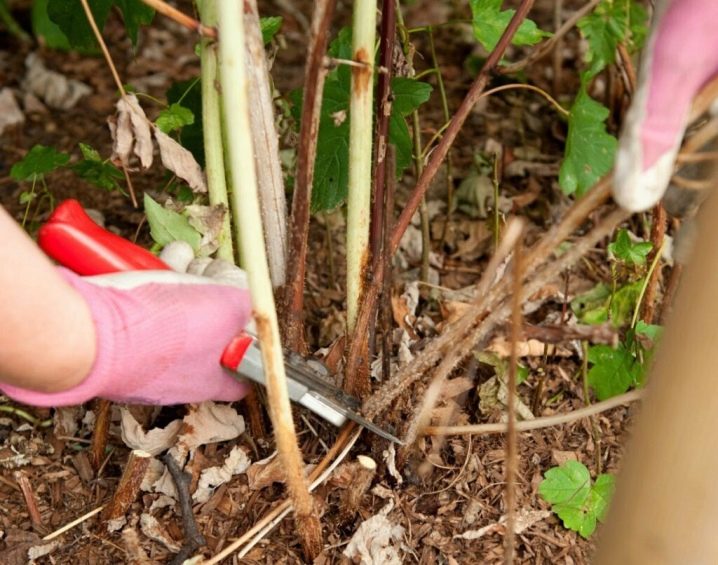
Pruning is done every year at the very beginning of the growing season. Any dressing, including foliar feeding, after pruning allows the plant to expel young shoots.
Reproduction
Cardamom can be propagated vegetatively, as well as by seed.
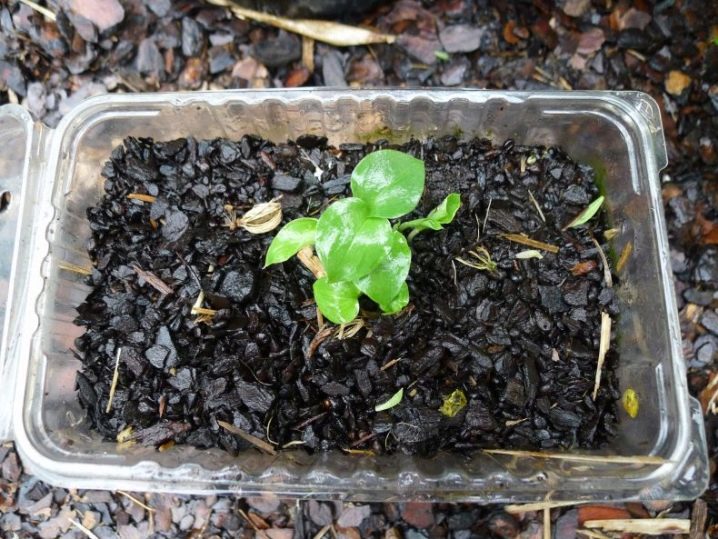
-
Division of roots. When propagating, the cardamom rhizome must be cut with a knife or secateurs. In this case, the cut is performed in such a way that at least two or three buds remain on each separate fragment, as well as at least two growing roots. Places of cuts on the rhizome should be sprinkled with crushed activated carbon, and then immediately placed in a previously prepared substrate.

-
Seed method. When planting cardamom seeds, they must be planted in the ground to a depth corresponding to double the width of the seedling. After that, it is sprinkled with soil mixture, slightly moistened, and the container is covered with film or glass to create a greenhouse effect. The place for germination should be well lit, the optimal temperature during this period is 25-28 degrees.

At the germination stage, it is necessary to regularly water the soil with a drip method. Every day, the greenhouse is cleaned for an hour or two to ventilate and remove condensate. It is important to keep in mind that only freshly harvested seeds are to be planted, since they quickly lose their germination. If everything is done correctly, the first shoots should appear in 6-8 weeks. The very first feeding is carried out after 2-2.5 months. Closer to November, the temperature of the young plant is lowered, and the volume and frequency of watering are also reduced. Soon, growth slows down, the leaves turn yellow - this should not scare you. With the arrival of spring, when cardamom comes out of hibernation, it will grow and develop like an adult plant.

-
Cuttings. For propagation of cardamom, apical cuttings are used. After cutting, all cut sites must be treated with Epin or any other accelerator of root formation. Then the cutting is placed in water, as soon as several roots appear, the young plant is transferred to a container with soil mixture. In the future, the seedlings need to be looked after in a standard way.

Diseases and pests
When keeping an exotic plant in a room with a fairly high humidity, cardamom encounters insect pests. One of the most common enemies of this exotic is the spider mite. This insect has minimal dimensions, it is impossible to see it with the naked eye, while the parasite sucks out the vital juices of the plant and causes it to wilt. The appearance of the enemy is evidenced by a whitish thin web on the surface of the leaf plates. In this case, it is necessary to immediately carry out the treatment with insecticidal preparations, for example, "Aktofit". It is necessary to make 2-3 treatments with an interval of 10-14 days. This is due to the fact that chemical preparations do not act on the eggs of the tick, therefore, soon after treatment, new pests will appear from them, which must also be destroyed.
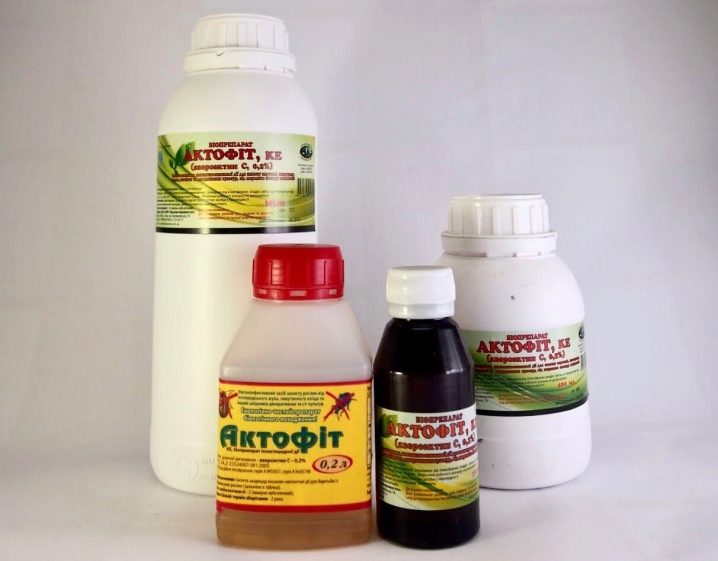
Often a scabbard settles on cardamom. In case of damage, the plant should be isolated in order to prevent transfer to neighboring plantings. The insects are removed with a cotton pad, after which the leaves are thoroughly washed with soapy water or strong tobacco infusion. Then the solution is washed off, the leaves are allowed to dry, and treated with an insecticide. After that, the bush is wrapped in a soft plastic wrap for 30 minutes, and two days later they arrange a warm shower to wash off the remnants of the drug. This procedure is carried out every week until the pest is destroyed.
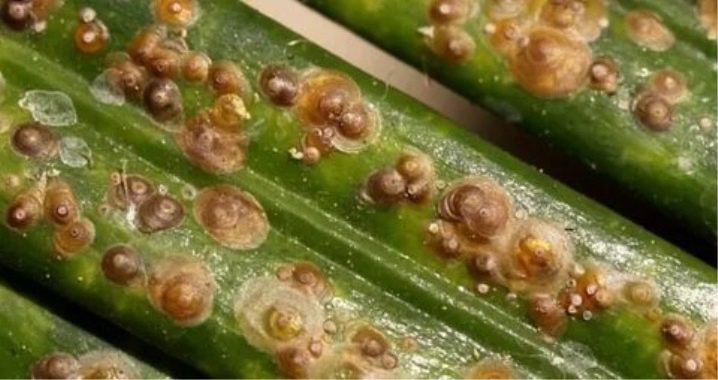
In conclusion, let's talk about the collection of seeds. This should be done shortly before the onset of full ripeness, otherwise they will simply spill out of their boxes. The fruits can be stored in different forms.
- Covered pods can be dried in the oven.
- You can also grind the grains, however, in this case they lose some of the essential oils.
- You need to store the spice in a sealed container at a room temperature of 20-30 degrees.
For the beneficial properties of cardamom, see the next video.













The comment was sent successfully.